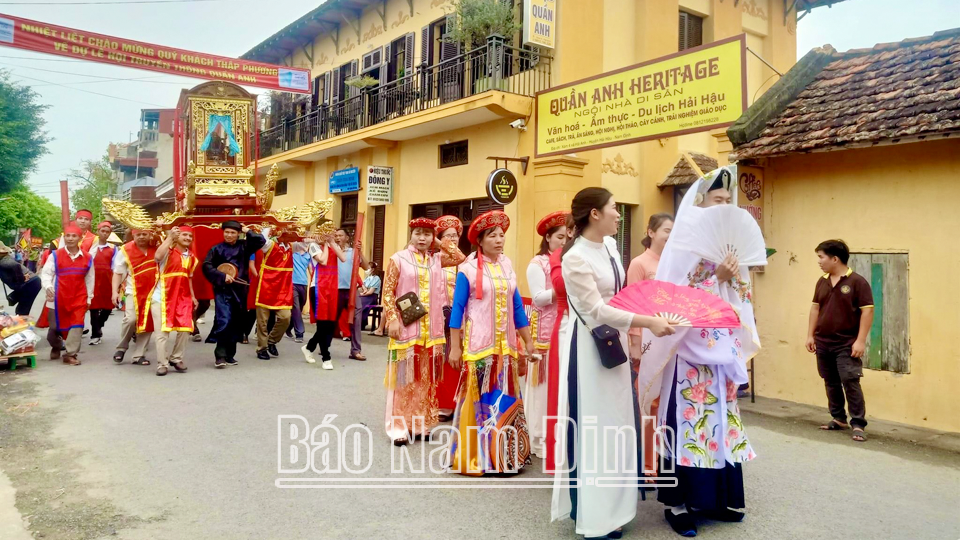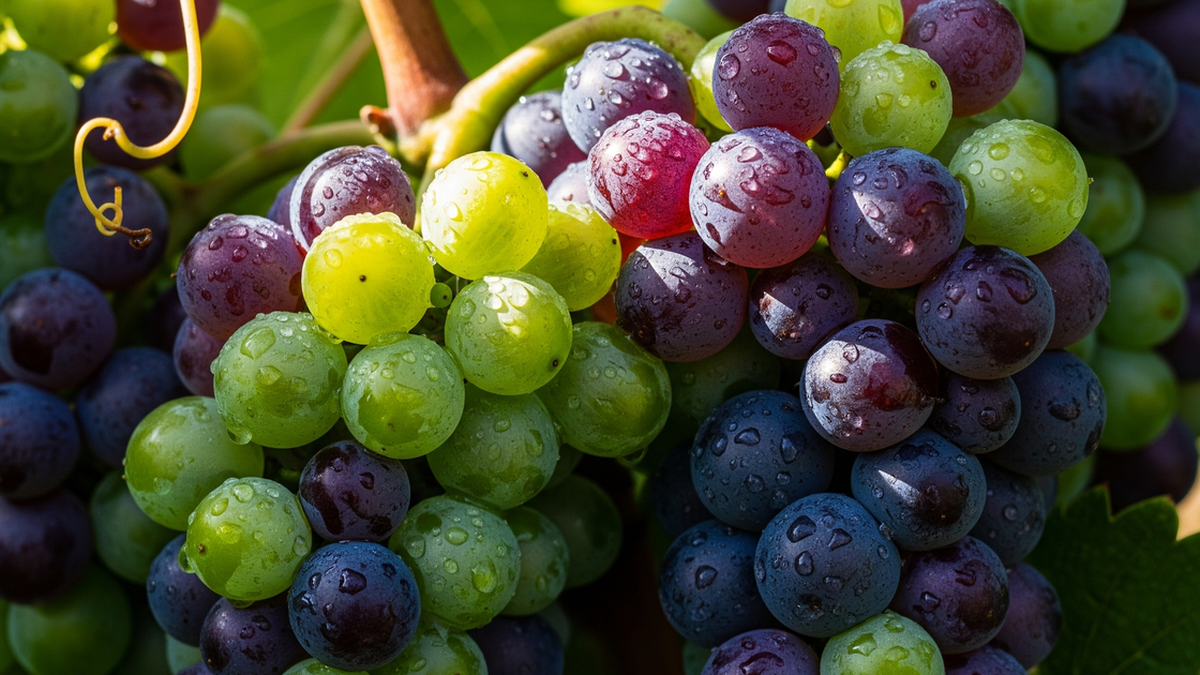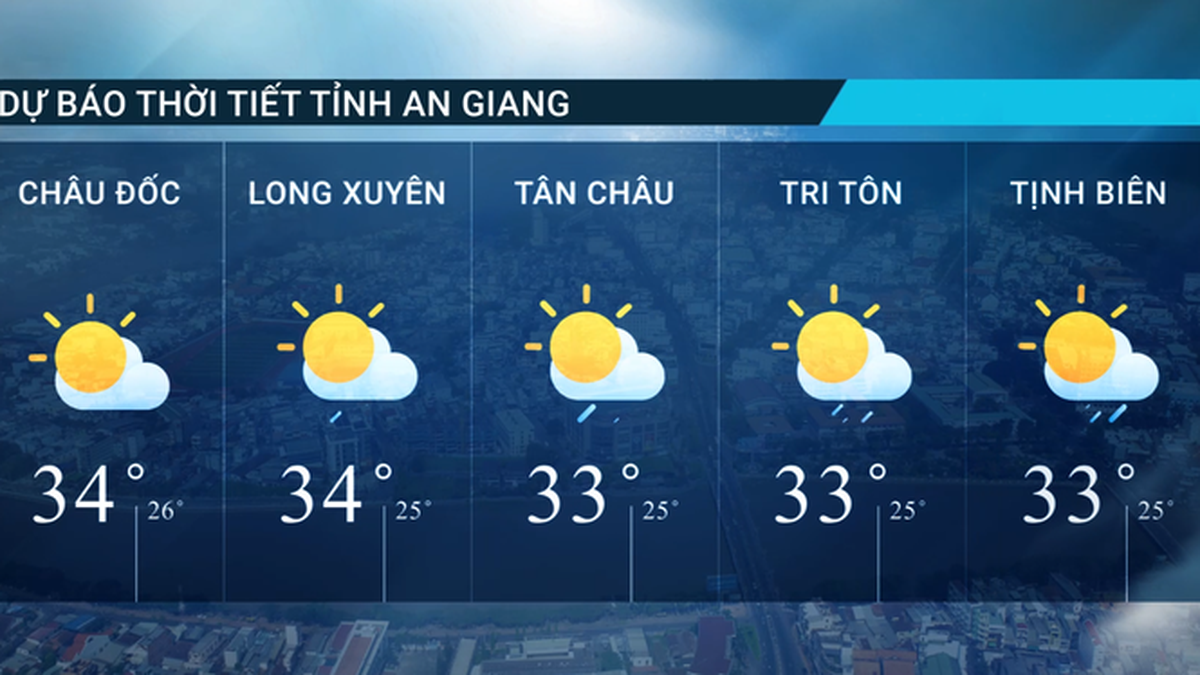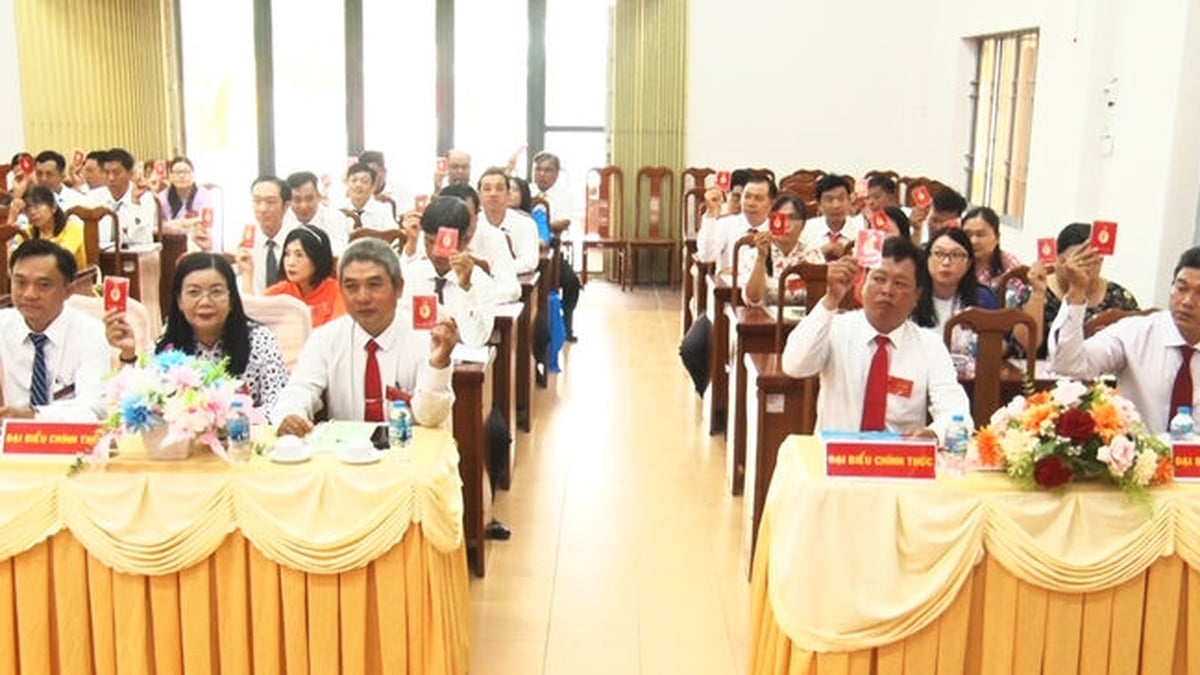 |
| Quan Anh Traditional Festival, Hai Anh Commune is one of the folk festivals associated with the history of formation and development of Hai Hau land. |
Abundant potential for diverse tourism product development
The Resolution of the 27th Hai Hau District Party Congress, term 2020-2025, has set out the tasks and solutions: "Developing marine tourism associated with climate change conservation tourism, eco-tourism, rural experience tourism, new rural areas; forming tourist areas and tours connecting Hai Dong - Van Ly - Thinh Long ruined church, Cau Ngoi - Luong Pagoda historical and cultural relic site, craft villages...". With the spirit of determination to successfully implement the Resolution, it has created a basis for developing tourism and services into one of the economic sectors, contributing to shifting the rural labor structure, increasing people's income. The District People's Committee has developed the Project "Developing district tourism to 2030, with a vision to 2045"; in which the potential for district tourism development with natural tourism advantages is identified; including sea tourism, forming 4 tourist destinations including: Thinh Long beach, Van Ly ruined church area, Hai Dong commune beach and Con town. Hai Hau is located between Giao Thuy district and Nghia Hung district - an area within the Red River Delta Biosphere Reserve recognized by UNESCO as a World Biosphere Reserve. The areas of Hai Hoa, Hai Dong communes, Thinh Long town, Con town... also have mangrove forests and casuarina forests, attracting many migratory birds every year, creating conditions for the locality to exploit the potential for natural tourism development.
The system of tangible and intangible cultural heritage in Hai Hau district is rich and diverse with 44 historical and cultural relics ranked at provincial and national levels, 94 relics in the inventory list. Every year, localities in the district organize many exciting religious and belief festivals, cultural and sports festivals associated with the relics. One of the most unique traditional festivals of the district is the Quan Anh festival (Luong Pagoda festival) associated with the famous ancient architectural work of Cau Ngoi, Hai Anh commune, taking place from the 14th to the 16th of the third lunar month and the district's Traditional Cultural and Sports Week on the occasion of the August Revolution (August 19) and National Day (September 2), attracting tens of thousands of participants. Along with that, many folk cultural values have strongly developed with a variety of art forms such as: Cheo singing, Chau Van singing in the communes of Hai Chau, Hai Tay, Hai Duong...; Stilt performances in Hai Xuan communes, Con town; brass trumpet and drum performances in parish churches: Quan Phuong, Pham Phao, Hung Nghia, Phuong Chinh, Xuan Thuy... The whole district has 44 stable developing craft villages, attracting over 10 thousand workers to participate in production, typically: Nam Binh and Van Ly ornamental tree craft villages; Binh Minh fine art wooden furniture and mother-of-pearl inlay craft village, Pham Phao brass trumpet craft village; Phuong Duc mat weaving craft village... The district has many specialty agricultural culinary products such as: Tam Xoan rice, Northern sticky rice, Vo Gi sticky rice, shrimp paste, shrimp paste, fish sauce, fish sauce, nem nam, ham, fish salad, banh chung, banh longan...
Creating attractive, friendly and quality tourist destinations
In the "Master plan for tourism development in the province to 2020, vision to 2030", Hai Hau district is identified as belonging to the southeastern tourism cluster of the province (along with Giao Thuy district and Nghia Hung district) with special resources for developing beach resort tourism, coastal mangrove ecotourism. Up to now, the district has completed the construction plans for Hai Hau district to 2030, vision to 2050; land use planning for the period 2021-2030, land use plan for the period 2021-2025; commune planning, general urban planning; projects: renovating and upgrading roads serving tourism; building a conservation area for climate change evidence and ecotourism at the site of the bell tower of Van Ly Church, Con town (area 55ha). The district has a relatively complete socio-economic infrastructure system, especially road traffic serving economic sectors, including tourism. In the district, there are 3 national highways, 2 provincial roads, 7 district roads and a system of spacious, solid, synchronously connected commune and inter-commune roads, creating convenience and safety for tourists' travel.
In recent times, the district has promoted mobilization and called on investors to survey and build the Van Ly Collapsed Church Climate Change Relic Conservation Area; focusing on completing and handling sea dyke erosion in Hai Hoa commune, Thinh Long town. Coastal communes: Hai Dong, Hai Xuan, Con town have repaired and handled a number of key dyke points to serve natural disaster prevention and control, contributing to stabilizing the population, developing the socio-economy in combination with developing tourism and services. In December 2024, the Provincial People's Committee issued a decision to recognize Thinh Long Tourist Area as a provincial-level tourist area. This is an important milestone, opening up many opportunities in attracting investment, developing tourism services and promoting the image of the southern coastal region of the Red River Delta. Thinh Long town coastal tourist area is located in Ninh Co Economic Zone, with synchronous traffic connections, planned tourism, urban areas, resort services and Thinh Long golf course; is one of the rare beaches in the North that still retains its natural wildness, becoming an ideal tourist destination for tourists who love swimming and enjoying wild nature. With a mild, cool climate and fresh air, this place has 3 large beaches; in which, the beach on the East of Lach Giang embankment (beach 3), with a coastline of about 3km, is a special highlight.
Currently, in Hai Hau district, there are 178 accommodation establishments with over 1,200 rooms and suites serving tourists. Some hotels have invested in auxiliary items such as swimming pools, football fields, electric cars, etc., basically meeting the needs of tourists. With a convenient transportation system connecting with provinces and cities in the region, every summer, Thinh Long Tourist Area welcomes over 100,000 visitors to travel, relax, and swim; of which more than 50,000 are staying guests. Domestic tourists to Hai Hau are mostly from the northern provinces and cities; diverse components, of different ages, occupations, with different purposes such as: sightseeing, studying, researching, relaxing, experiencing, playing, entertaining... To enhance the value of tourism products and services for tourists, the district has initially formed a number of main tourism product groups: community tourism, visiting rural tourism models (model cultural hamlets, model routes, model gardens, production areas according to clean agricultural standards, display points, introducing agricultural products, OCOP products, traditional craft village products, souvenirs); Ecohost Hai Hau eco-tourism tour with experiential activities in Dong Bien ancient town, Yen Dinh town, Quan Anh heritage house, Hai Anh commune; agricultural - rural, ecological tourism in craft villages, rural areas, experiencing local culinary specialties. Focus on promoting marine tourism products and spiritual cultural tourism at places of worship (temples, communal houses, pagodas, Catholic churches) associated with traditional festivals.
Promoting the implementation of the Project "Developing district tourism to 2030, with a vision to 2045", in the coming time, Hai Hau district will continue to identify tourism development as one of the key economic sectors, focusing on promoting traditional cultural values associated with protecting and building a safe, friendly and hospitable tourism environment. Developing sustainable tourism, taking green growth as a method of combining economic growth with protecting natural resources, conserving biodiversity, protecting the environment, and adapting to climate change. Improving the quality of branded tourism products, increasing competitiveness; promoting the application of modern science and technology, applying advanced models for tourism development; facilitating the community to participate in tourism, contributing to improving livelihoods and raising people's living standards. Mobilize resources to build, upgrade, and complete high-quality tourism infrastructure and facilities, develop unique tourism products, especially types of tourism such as sightseeing, resort, and beach tourism; spiritual tourism; rural and new rural tourism; and craft village tourism. Strengthen promotion, advertising, and linkage to develop tourism with neighboring localities. Build a team of managers, staff, and tour guides with sufficient quantity, quality assurance, and high professionalism, striving to make Hai Hau tourism become the brand of "Attractive - Friendly - Quality Tourist Destination".
Article and photos: Khanh Dung
Source: https://baonamdinh.vn/kinh-te/202506/hai-hau-tap-trung-phat-trien-da-dang-san-pham-du-lich-dac-thu-96c348a/


































































































Comment (0)